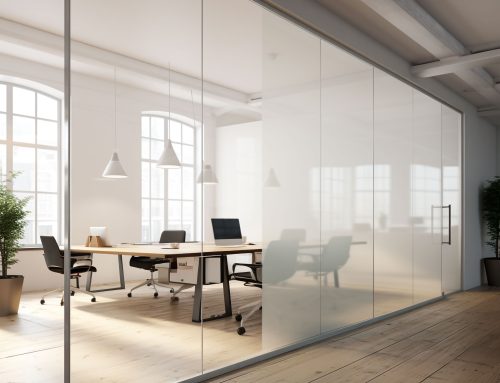Frosted film and sun control film are commonly used in China, but many drivers still wonder about their differences. Let’s explore the similarities and distinctions between these two types of functional window films, as guided by a leading frosted film manufacturer.
- Variations in Metal Content: Frosted film contains lower levels of metals like cadmium, nickel, and titanium (below 2%), while sun control film allows up to 5%. This difference is due to varying usage environments. Strict adherence to eco-friendly standards is essential, especially in spaces with infants, elderly, or pregnant women to avoid any harm from metal radiation.
- Lifespan Disparity: Frosted film utilizes clear adhesive, providing a longer lifespan of 10 to 20 years. Conversely, sun control film uses regular adhesive, limiting its life to 3 to 5 years. Sun control film on building glass may degrade due to prolonged exposure, leading to fading, peeling, and cracking.
- Thickness Distinction: Frosted film thickness ranges from 2 to 16 millimeters, while sun control film ranges from 0.8 to 3 millimeters. Thicker films are preferred for enhanced safety.
- Diverse Production Techniques: Frosted film commonly employs vacuum thermal evaporation with aluminum coating for better solar reflectivity and insulation. Choosing aluminum coating for sun control film may result in reduced clarity and high reflectivity, posing safety hazards for drivers.
Advantages of Frosted Glass Film:
- Enhances Building Aesthetics with Decorative Appeal.
- Beautifies Office Partitions and Aids Interior Design.
- Offers Customized Markings and Logos.
- Creates Private Spaces with Freedom.
- Diverse Colors and Styles, Simple Creativity, and Enhanced Clarity compared to traditional carved glass patterns.
By understanding the distinctions between frosted film and sun control film, users can make informed decisions based on their specific needs and preferences.




useful